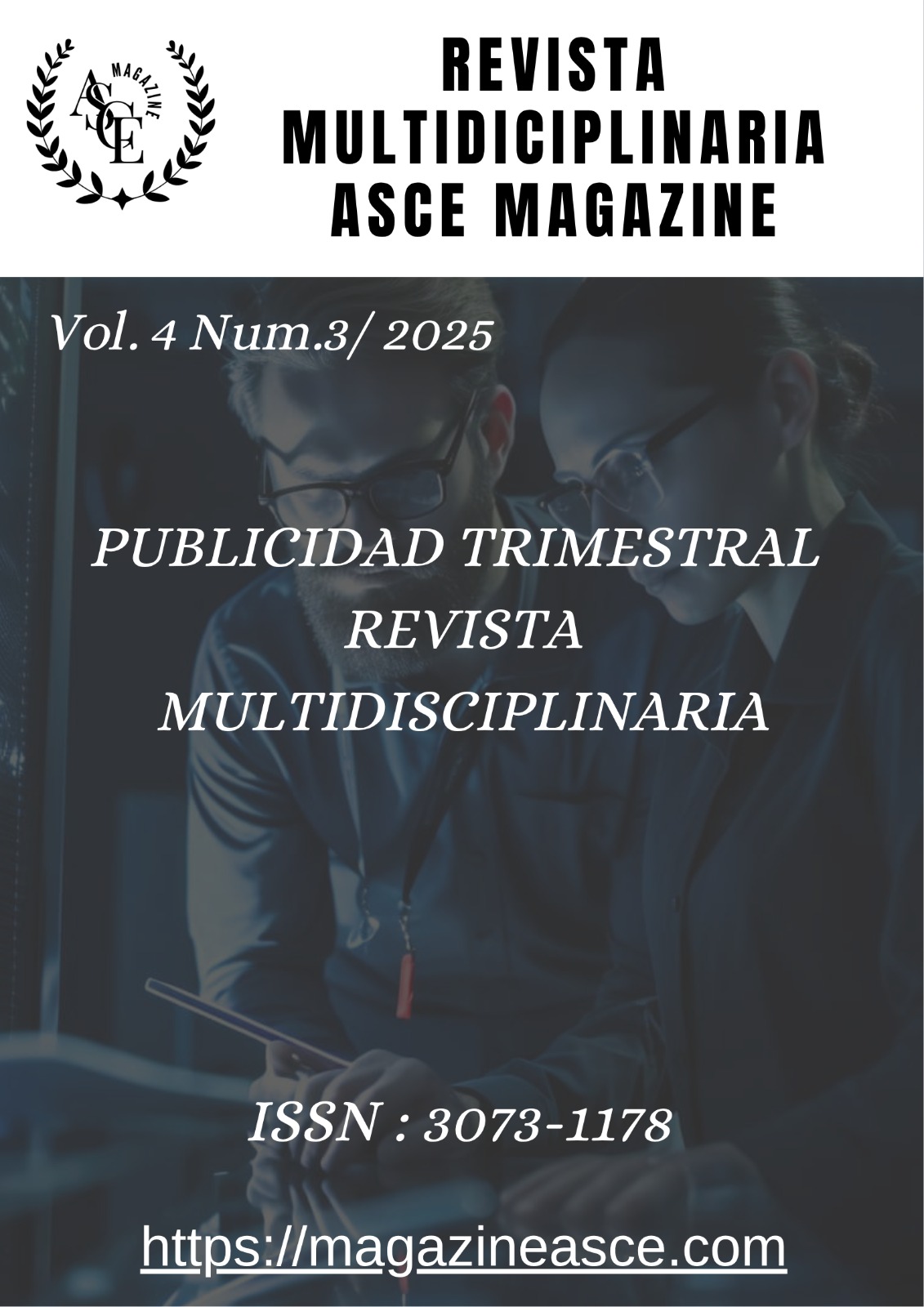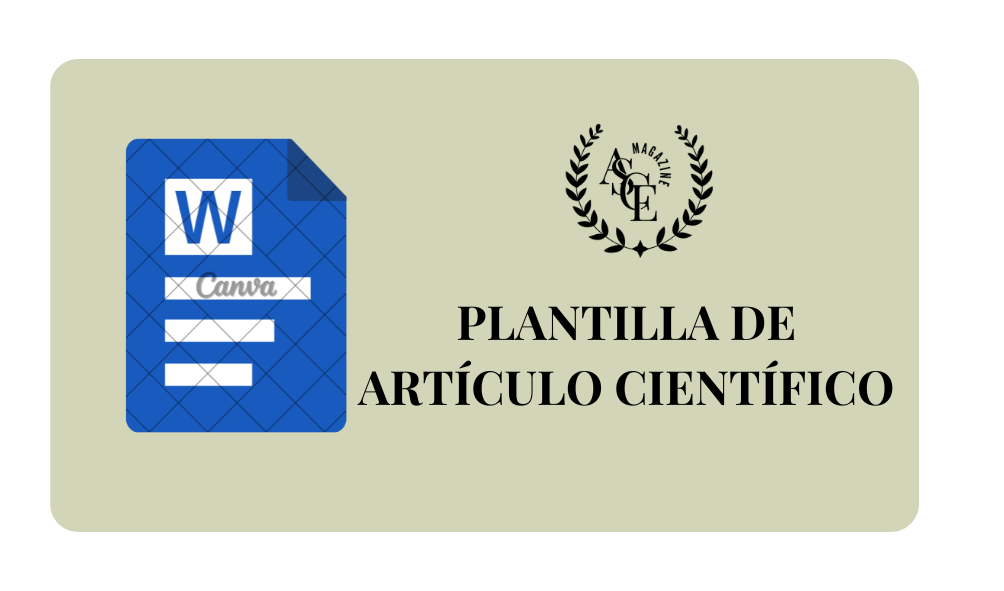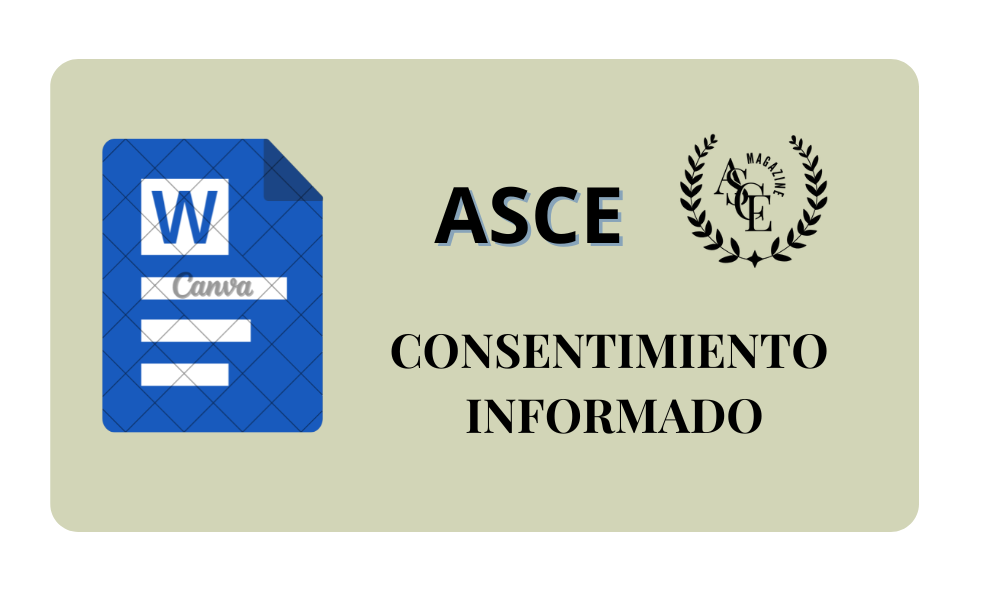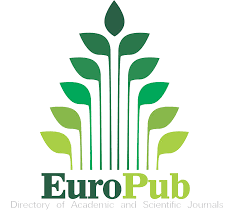“Visual reading of themedia space from data, the new regime of truth in the perceptual consensus by gender and age in Latin America”
DOI:
https://doi.org/10.70577/ASCE/136.160/2025Keywords:
Media trust, False information, Gender and perception, Age and media trust, Freedom of expression.Abstract
In the face of increasing information manipulation and the emergence of Artificial Intelligence in communication environments, it is crucial to examine citizens' trust, credibility, and perception of truth regarding both traditional and digital media. This study aimed to perform a visual reading of the media space based on quantitative data, through the application of the STATIS Dual model, in order to analyze the new regime of truth and perceptual consensus by gender and age in Latin America. An exploratory, comparative, and cross-sectional study was conducted with a quantitative-visual approach, based on three-way data analysis using the STATIS method. The sample consisted of 5,245 cases from the 2023 Latinobarómetro, covering five Latin American countries: Ecuador, Peru, Bolivia, Colombia, and Venezuela. The results reveal similar behavioral patterns between Ecuador and Peru, as well as between Bolivia and Colombia, while Venezuela presents a distinct perceptual configuration regarding media trust and the perception of false information. Consensus graphs show notable divergences between men and women within the same age range, as well as significant variations by country. Younger age groups tend to favor content control as a mechanism to ensure informational truthfulness. The visual approach made it possible to demonstrate how sociocultural context and sociodemographic variables influence the construction of truth regimes within the contemporary media ecosystem.
Downloads
References
Brown, M. (1997). Varieties of truth: Psychology–law discourse as a dispute over the forms and content of knowledge. Legal and Criminological Psychology, 2(2), 219–245. https://doi.org/10.1111/j.2044-8333.1997.tb00341.x DOI: https://doi.org/10.1111/j.2044-8333.1997.tb00345.x
Lombraña, A. N. (2012). La construcción de la verdad jurídica: Prueba, interpretaciones y disputas en torno a la inimputabilidad en el caso del tirador serial de Belgrano (Buenos Aires, Argentina). Revista Austral de Ciencias Sociales, (23), 85–103. https://doi.org/10.4206/rev.austral.cienc.soc.2012.n23-05 DOI: https://doi.org/10.4206/rev.austral.cienc.soc.2012.n23-05
Mata, R., Mellado, C., & Arroyave, J. (2023). Comparative Political Journalism in South America. Brazilian Journalism Research, 19(1), e1680. https://doi.org/10.25200/BJR.v19n1.2023.1680
Larkin, E. F. (1979). Consumer perceptions of the media and their advertising content. Journalism Quarterly, 56(1), 5–7, 48. https://doi.org/10.1177/107769907905600102 DOI: https://doi.org/10.1080/00913367.1979.10717969
Semlak, W. D. (1979). Effect of media use on foreign student perceptions of U.S. political leaders. Journalism Quarterly, 56(1), 153–156, 178. https://doi.org/10.1177/107769907905600122 DOI: https://doi.org/10.1177/107769907905600123
Starck, K. (1973). Defining perceptions of the function of the media: A proposal for developing nations and changing societies. Gazette (Leiden, Netherlands), 19(3), 145–154. https://doi.org/10.1177/001654927301900302 DOI: https://doi.org/10.1177/001654927301900302
Xu, Z., Wen, X., Zhong, G., & Fang, Q. (2025). Public perception towards deepfake through topic modelling and sentiment analysis of social media data. Social Network Analysis and Mining, 15(16). https://doi.org/10.1007/s13278-025-01445-8 DOI: https://doi.org/10.1007/s13278-025-01445-8
Fei, X., Wu, Y., Wang, M., Dong, J., & Wang, G. (2025). A comparative study of the perception of traditional villages between different media. Scientific Reports, 15, 16062. https://doi.org/10.1038/s41598-025-00841-6 DOI: https://doi.org/10.1038/s41598-025-00841-6
Enríquez Fierro, C. S., & Flores Narváez, A. C. (2025). La hipercomunicación como catalizador de la desinformación: análisis del impacto de las fake news en la era digital. Religación, 10(44), e2501404. DOI: https://doi.org/10.46652/rgn.v10i44.1404
Labarca, C., Valenzuela, S., Bachmann, I., & Grassau, D. (2022). Medios de comunicación y confianza política en América Latina: análisis individual y contextual del rol de las noticias en la confianza en el gobierno y el Estado. Revista Internacional de Sociología, 80(4), e216. DOI: https://doi.org/10.3989/ris.2022.80.4.M22-01
Morales-Vargas, A., Pedraza-Jiménez, R., & Codina, L. (2022). Calidad web en medios digitales: revisión bibliográfica sobre métodos e indicadores de evaluación general y atributos de confianza. Revista Latina de Comunicación Social, 80, 39-63. DOI: https://doi.org/10.4185/RLCS-2022-1515
Montero-Liberona, C., & Halpern, D. (2019). Factores que influyen en compartir noticias falsas de salud online. El Profesional de la Información, 28(3), e280317. DOI: https://doi.org/10.3145/epi.2019.may.17
Vázquez-Barrio, T., Torrecillas-Lacave, T., & Suárez-Álvarez, R. (2021). Credibilidad de los contenidos informativos en tiempos de fake news: Comunidad de Madrid. Cuadernos.info, 49, 192-214. DOI: https://doi.org/10.7764/cdi.49.27875
Downloads
Published
How to Cite
Issue
Section
License
Copyright (c) 2025 Correa-Santamaría, Jessica Ximena, Ortega-Machado, Christian Xavier

This work is licensed under a Creative Commons Attribution-NonCommercial-NoDerivatives 4.0 International License.






























